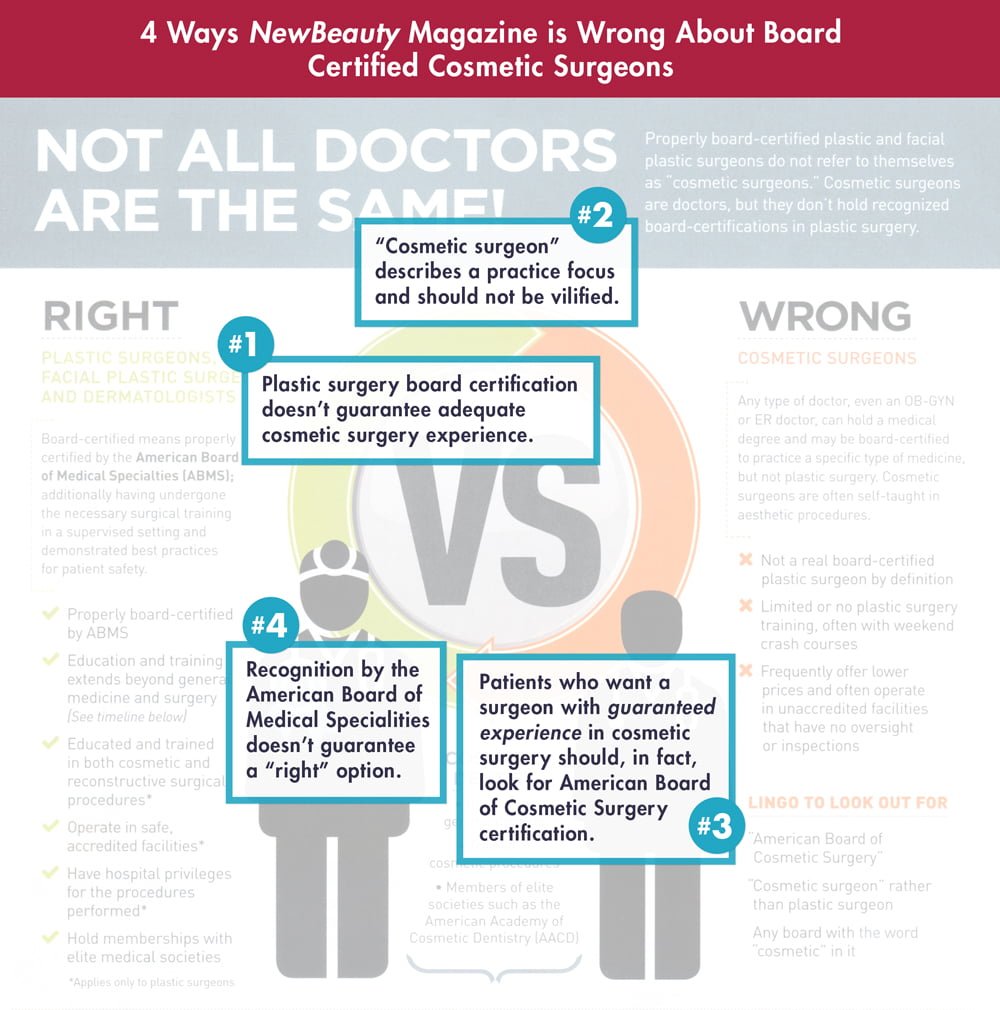Acne is a typical condition that impacts your skin's hair follicles and oil glands. It normally appears on your face, neck, shoulders and breast. Papules, pustules and dark spots are frequently called pimples or pimples.
Oil glands throughout your body release a sticky lubricant, called sebum, to keep your skin and hair supple. But if pores get clogged, acne develops.
Hormonal Changes
Acne creates when hair roots come to be obstructed with oil from the sweat glands. The problem is worsened when these glands launch androgens, such as testosterone, during adolescence. The excess androgen stimulates the skin's oil glands to produce more sebum, which obstructs pores. Acne is an usual trouble in teenagers due to these hormonal changes. Women might additionally experience hormone acne while pregnant or menstrual periods. Women with endocrine problems, such as polycystic ovary disorder and hereditary adrenal hyperplasia, may have higher hormone degrees, causing a lot more serious acne.
Other factors that add to the growth of acne consist of genetics (your parents' skin type), diet regimen and anxiety. Diet plans high in glycemic tons, or those that raise blood sugar promptly, might aggravate acne. Specific medications and medicines, such as contraceptive pill, steroids and corticosteroids, can likewise trigger or aggravate the problem. Products such as oily makeup, hair products and hats that aggravate the skin might likewise trigger breakouts.
Diet regimen
Research studies have revealed that individuals who eat a diet regimen high in foods with a high glycemic index (such as white bread, pasta, rice and wonderful snacks) may have extra acne. This is thought to be because these foods create sugar degrees in the blood to rise quickly, causing hormones that can stimulate oil manufacturing in the skin.
Milk is one more food that can be linked to acne, yet researchers aren't sure why. It's feasible that the hormonal agents cows produce when they are expectant wind up in their milk and can result in raised acne, however much more research is required to evaluate this concept.
Some individuals also report that consuming a low-glycemic diet plan helps reduce their acne, however much more study is needed to confirm this. Furthermore, some experts think that specific vitamins and nutrients can help protect against or decrease acne. These consist of vitamin A, vitamin D and omega 3 fatty acids. People that eat foods abundant in these minerals and vitamins, such as liver, eggs, milk items, kale and dark leafy vegetables, might be less most likely to get acne.
Ecological Inflammation
Acne takes place when hair follicles come to be blocked with oil and dead skin cells. The resulting lesions (pimples) are most typical on the face, yet can also appear on the chest and shoulders. Frequently, acne shows up in a pattern that reflects an individual's hereditary makeup, however it can be exacerbated by exterior factors such as diet regimen, lifestyle, and skin care products.
High-glycemic foods, such as chocolate and what is botox nuts, can activate outbreaks in some people. Milk products can likewise contribute to acne. Stress and anxiety can trigger the body to generate cortisol, a hormone that raises sebum production and creates inflammation.
Unclean or clogged pores can cause the formation of blackheads, which are open pores loaded with excess oil that have been subjected to oxygen. They look dark because the oil is oxidized and can not run away the pore quickly. Making use of non-comedogenic (non-clogging) skincare items and cleaning frequently can help reduce the formation of these sorts of pimples.
Anxiety
Stress isn't a direct source of acne, but it can make it even worse. One concept is that when stressed, your mind triggers a boost in the manufacturing of corticotropin-releasing hormone (CRH), which might encourage your skin cells to create even more oil, clog pores and result in acne.
An additional possibility is that feeling tired can cause you to sleep inadequately, eat junk foods and escape from your regular skincare regimen. Every one of these elements can advertise the development of acne breakouts.
Stress-related acne often tends to show up on the more normally oily areas of your face, including the temple, nose and chin. It generally looks more like a cluster of blackheads, whiteheads and red bumps than a single acne. If you experience a lot of stress and anxiety and notice that your acne worsens, consider speaking to your doctor regarding therapy alternatives. They may be able to recommend drugs like isotretinoin, which can decrease serious acne outbreaks.
